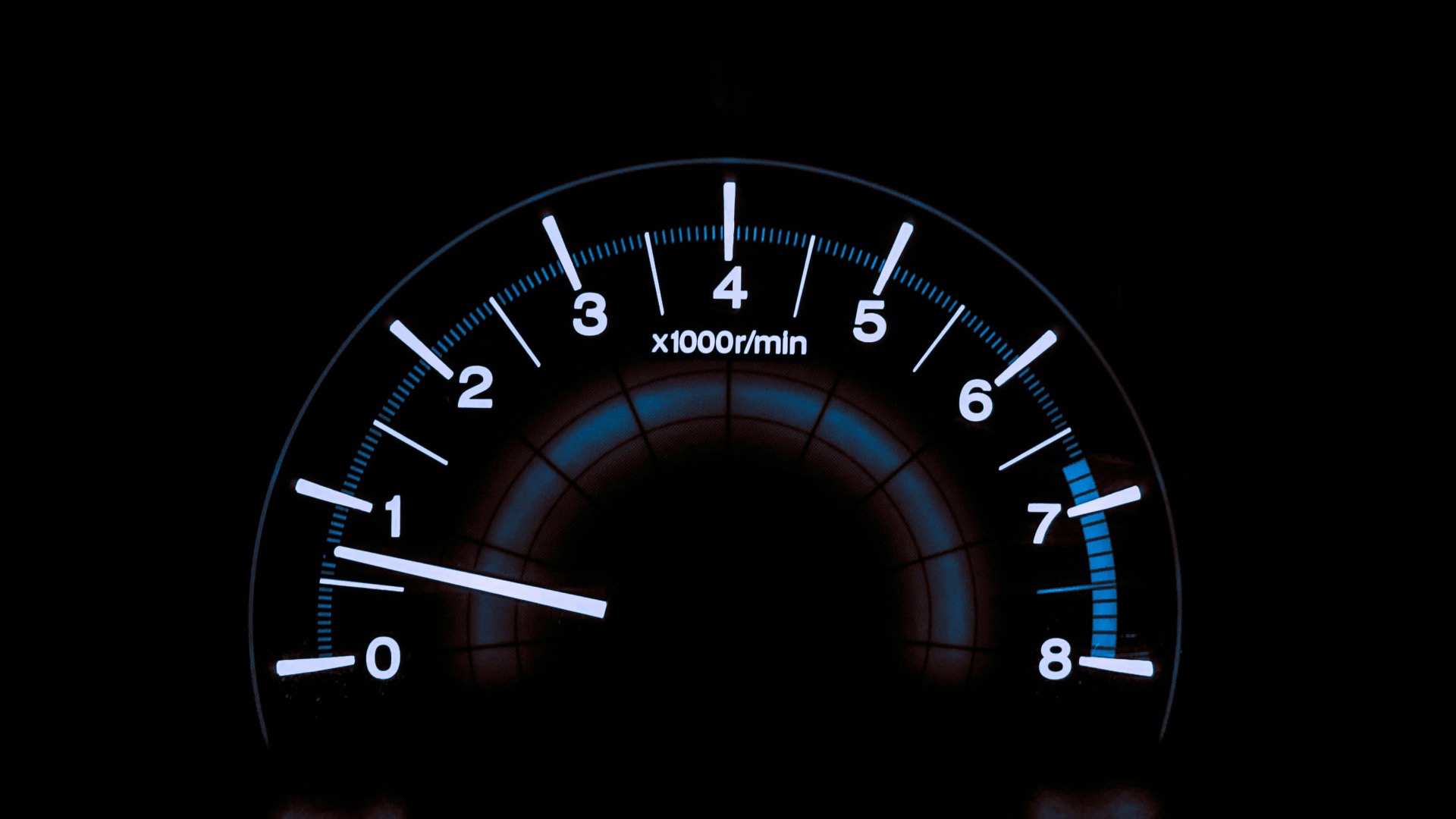In a groundbreaking development for surgical training and assessment, researchers have created an AI-driven method that analyzes surgeons’ skills during operations based on video footage. This technology, called “video-based assessment” (VBA), leverages spatial-temporal attention - a system that watches both “where” and “when” certain movements occur. By focusing on key details, like the position of surgical instruments, this AI technology provides precise feedback, helping surgeons improve their skills and ultimately leading to safer surgeries.
Why Assessing Surgical Skill Matters
Surgical skill directly impacts patient safety. Inexperienced surgeons face a higher risk of complications, so ensuring that they have the right skills is essential. Traditionally, skill assessment relies on expert reviews, which can be slow, costly, and prone to human error. Video-based assessment has emerged as a promising solution, allowing experts to evaluate techniques and offer feedback based on recorded operations.
However, watching and evaluating each movement in surgery videos is time-consuming. This is where AI comes in: it automates the process, analyzing each moment to determine if a surgeon’s technique meets the standards of an expert.
How AI Enhances Video-Based Assessment
The research team developed a neural network that “learns” from videos of experienced and novice surgeons. Using machine learning, the system identifies subtle movements that distinguish expert techniques from those that need improvement. The AI then uses spatial-temporal attention - a feature that tells it where and when to look in each frame.
The AI “watches” where a surgeon’s tools are located within each frame and pays attention to how they move over time. By focusing on the instrument tips, it can assess complex actions like cutting, suturing, and handling tissues with minimal error. Through this “supervised spatial attention,” the AI learns to look specifically at these key areas, increasing accuracy in evaluating surgical skill.
The Technology Behind Spatial-Temporal Attention
This AI system uses a multi-layered approach to video analysis. First, it applies a convolutional neural network (CNN), which recognizes patterns in video frames, like the location and movement of surgical instruments. The CNN combines with a temporal network that tracks movements over time, giving the AI a complete view of each procedure.
To improve accuracy, the team trained the AI using “attention maps,” guiding it to focus on crucial areas, such as the tips of the surgical tools, rather than irrelevant background details. This focus on relevant areas, guided by spatial and temporal cues, helps the system perform better and apply its analysis consistently across different surgeons and procedures.
Real-World Applications and Benefits
This technology has wide-ranging applications, from training new surgeons to recertifying experienced ones. It offers quick, unbiased, and accurate feedback on performance, allowing surgeons to improve their skills continuously. In addition, VBA could become a standard tool in medical education, helping trainers assess skill levels with objective data.
Hospitals could also use this system to maintain high standards, ensuring all surgeons meet the same benchmarks before performing critical operations. As this technology evolves, it could even become part of routine surgical training and evaluations, creating a safer environment for patients and helping surgeons refine their techniques over time.
Next Steps and the Future of AI in Medicine
While this technology shows great promise, there’s still work to be done before it becomes a widespread tool. Currently, the AI is most effective on a specific dataset of surgery videos. Future developments aim to expand its use across a broader range of procedures and refine its ability to analyze new, unseen footage reliably.
Researchers also hope to explore “multi-task learning” in which the AI could simultaneously evaluate other aspects of surgery, like tool positioning and patient outcomes. By building on this foundation, the system could ultimately support doctors and improve patient care in ways that go beyond traditional assessments.
This new AI tool offers a glimpse into the future of surgical skill evaluation, combining the precision of machine learning with the practical needs of modern medicine. With continued research and development, this technology could soon provide surgeons with reliable and real-time feedback.


